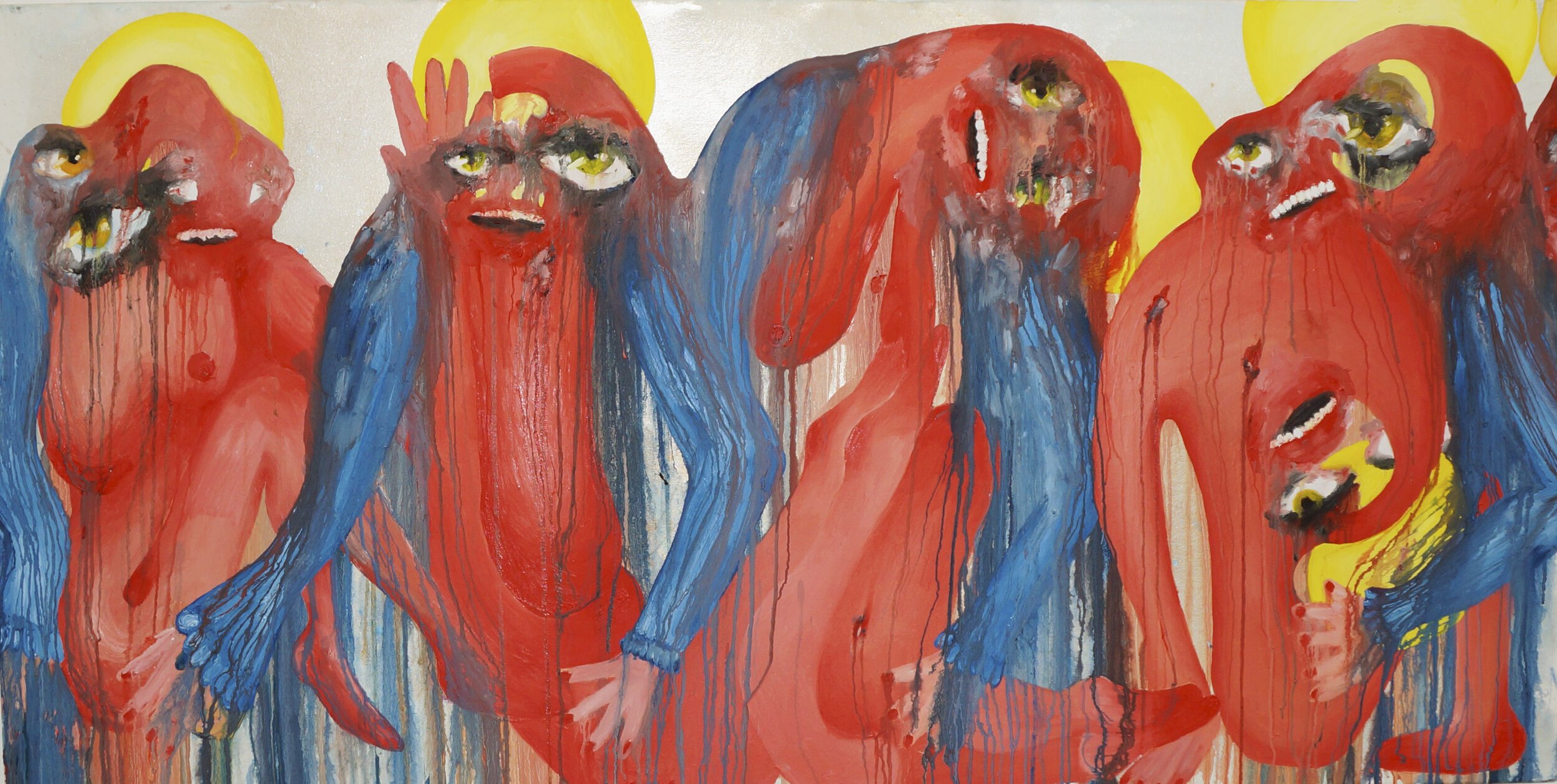A Moment With Alymamah: The Young Artist Living and Working in Kuwait
As part of our ever-evolving platform, it has always been important for us to share the uniquely celebrated perspectives of young visionaries from across the globe.
Alymamah Rashed is a recent MFA graduate from Parsons that moved back to her home country.
How do you feel the current creative culture scene is in Kuwait?
I believe that it’s certainly blooming and it’s really the reason why I decided to move back after being in the city for the past 7 years. It’s been a year since I have been back and I have noticed both the ups and downs of the art scene here much more intimately than when I used to visit. What I admire the most about the creative culture here is the fact that artists, designers, and creatives are widening their authenticity in a non restrictive manner. Self orientalization, chromophobia, internationalization, and capitalist western ideals are not being utilized as tools to create the work but rather as highlighted themes found within the process of generating the work itself.
In other words, social, racial, and cultural locality is starting to be present among many practices rather than containing itself as a wishful though or a yearning. There’s still a lot of work needed to generate a full functioning art industry, however, I believe we are on our way. A lot of individuals from both private and public institution and entities are working to reveal the hidden wave of energy that’s felt among the creative community beyond accessibility and closer to renewal that aims to preserve and cultivate a new found language. I am personally very grateful to be a part of that dialogue through being able to work with many bright minded creatives coming from a multidisciplinary background along with creating my work in my homeland.
What are some of your biggest influences right now?
Currently, I have been heavily influenced with sharpening my knowledge on spiritual intelligence that stems from Arab and Islamic philosophy in relation to classic western philosophy.
I have just finished reading about Muhyiddin Ibn Arabi, a prominent Andalusian philosopher from the 12th century, in relation to his various teachings on spiritual transcendence that situates itself between mysticism and science. I am currently reading Al Muqaddemah by Ibn Khaldun, one of my favorite 14 th century Arab scholars, alongside with Plato’s Republic. My current aim is to compare and contrast the liminal space that lays within eastern and western societal and ethical constructs. This effort is stretching the dialogue of spiritual intelligence through the usage of literature, which heavily influences the leakages of story telling within the canvas.
What are some of the most important lessons you’ve learned so far?
Recently, I have learned to simply not feel guilty about taking a day off from the studio. I think that a lot of emerging artists forget to simply be present in the studio whether it’s due to financial stress or a self generated sense of urgency that goes out of control. I learned to be graceful and patient with myself and to work with my natural pace. I personally find my leisure leaking into my work, which is reading books that are in relation to interests that live within my practice and outside of my practice. What you absorb lives within you eternally and its essence shall leak within a single gesture placed into the work. In other words, always remember that your historical typology is heavily influenced by what you absorb on a day to day basis. Therefore, be more mindful of your absorptions. Finally, fully trust that your work embodies every ounce of you and if you haven’t attained that yet, start building that by simply challenging your authenticity.
What are some of your favorite pieces you created?
Every work has offered me a new melody that helped me get closer to my urgency. Recently, I have found the Al Arsh series embodying my interest through expressing the weight of my multilayered Muslima body through gestural translucency. This has furthered the presence of the fleshed body the body of the thob (a prayer garment worn by Muslim women), and the combination of both bodies as a third body beyond earth and through the layering of past trauma deriving from racist hostility and growing up with body insecurities, inflicted by others and myself. These works have also helped me now to balance the usage of Arabic ornamentation, the gestural leakages, and self generated symbolism within my current works.
Where do you see yourself in 5-10 years?
I see myself painting in larger studio somewhere near the Kuwaiti desert, publishing a current work in progress in regards to my research on the contemporary Muslima body, continuing to participate in local and international exhibitions, hosting public lectures in regards to my practice and research locally and internationally, participating in the process of growing an art industry in Kuwait through my practice, research, and curatorial direction, and sipping a good cup of black coffee in the studio every Saturday afternoon with my parents, a dear friend, or a colleague.







